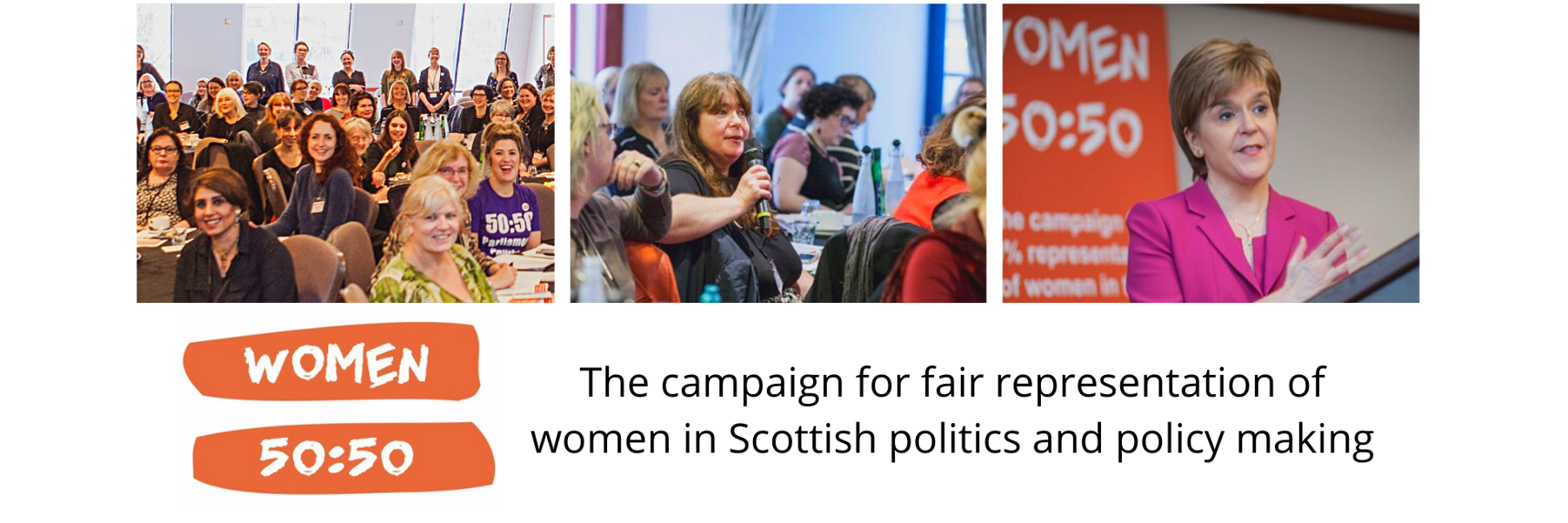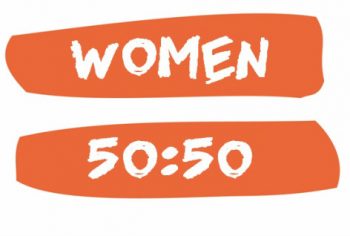This blog is written by Lorna Slater Laura Moodie from the Scottish Green Party:
2016 was a watershed year for women’s representation in politics and the Scottish Greens. It was the year we, like many parties, realised that the scratching-the-surface approaches of all-women short-lists, softly-softly encouragement and leaving the heavy lifting to women themselves simply was not going to make the progress we needed on equal representation.
For the Greens, the outcome of seeing 5 male MSPs and just 1 woman elected, despite a complicated “zipped list” gender-balancing system, saw us torn between delight in tripling our Green representation at Holyrood and horror that despite having a gender-balanced slate of leading candidates, we’d ended up with such an unrepresentative group of MSPs, that didn’t fairly represent the talent or potential of our women candidates.
Our response to that result was rapid. There was a root-and-branch review of the campaign, an acknowledgement of where women candidates were insufficiently supported and resourced, compared to their male counterparts, and had not been standing in equally winnable positions. We went back to the drawing board in terms of how we select our candidates at all levels.
At the 2017 Council elections, Greens saw proportionally more women elected than any other party – 45% of our elected councillors in 2017 were women. This not only reflected improved support for women but also the impact of prioritisation policies, where our resources and efforts in branches are focussed on seats being contested by women.
At the European elections in 2019, selections took place under a revised gender balancing system. It was felt strongly by our members that a woman should head the list and that 2 of the top 3 candidates should be women. Interestingly, this led to changed voting patterns by ordinary party members, so that in the end, our European elections list was headed by 4 women, without any gender balancing mechanisms being applied, all of whom have gone on to stand again as leading candidates for the 2021 Holyrood elections.
By creating candidate positions specifically for women, we had invited in talent and allowed women to gain experience and profile as candidates. We feel this is key to tackling the barriers that talented women face in standing for election and in tipping the scales of bias that currently see such an over-representation of men in all levels of politics.
Our inspiring Women’s Network is supportive and inclusive and provides support for all women candidates, including training, advice and a safe environment for women to address challenges and herald successes. Early selection of candidates for elections enables women to plan and build their profile and for support to be targeted at those who need it most.
Heading into the 2021 elections, we have more Green women standing than ever before. In order to balance out or existing parliamentary group we decided that women would head up every regional list that is not being contested by an incumbent. We’re confident that the positive impact of Green MSPs at Holyrood will see even more Greens elected in May 2021 and we expect a majority of them to be women.

